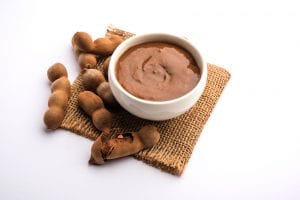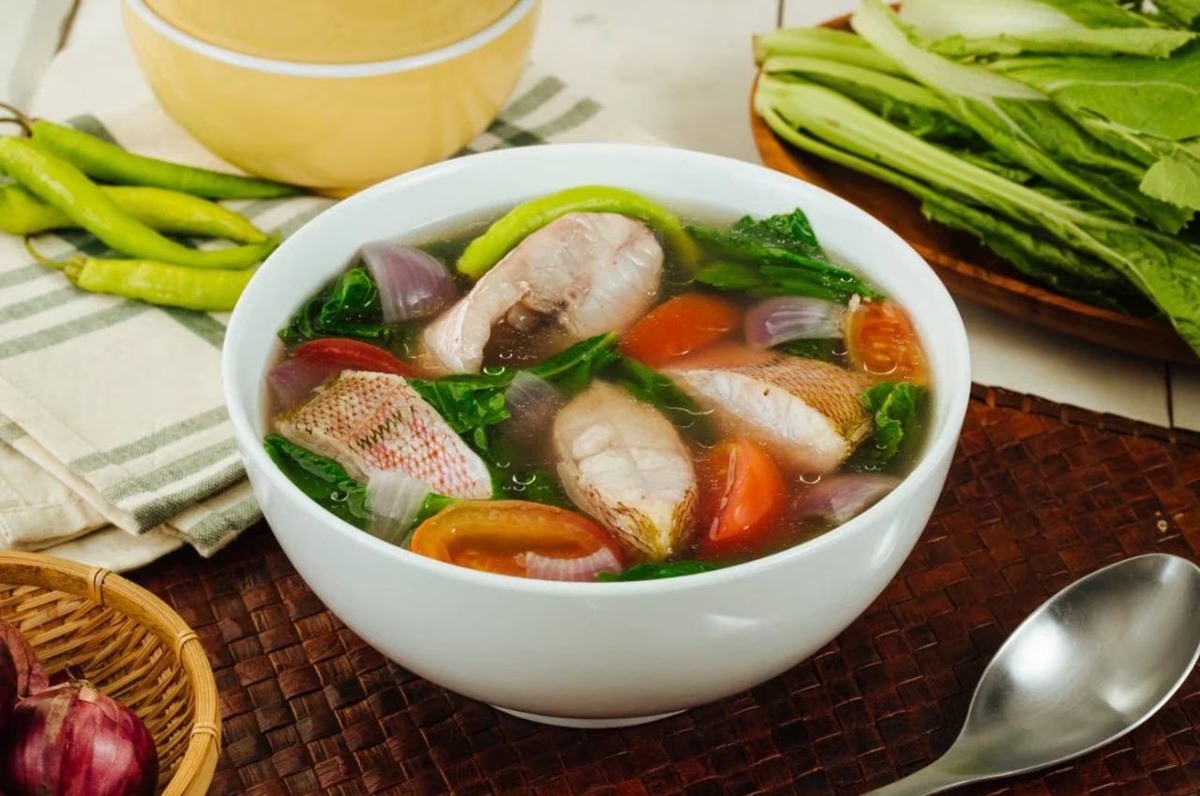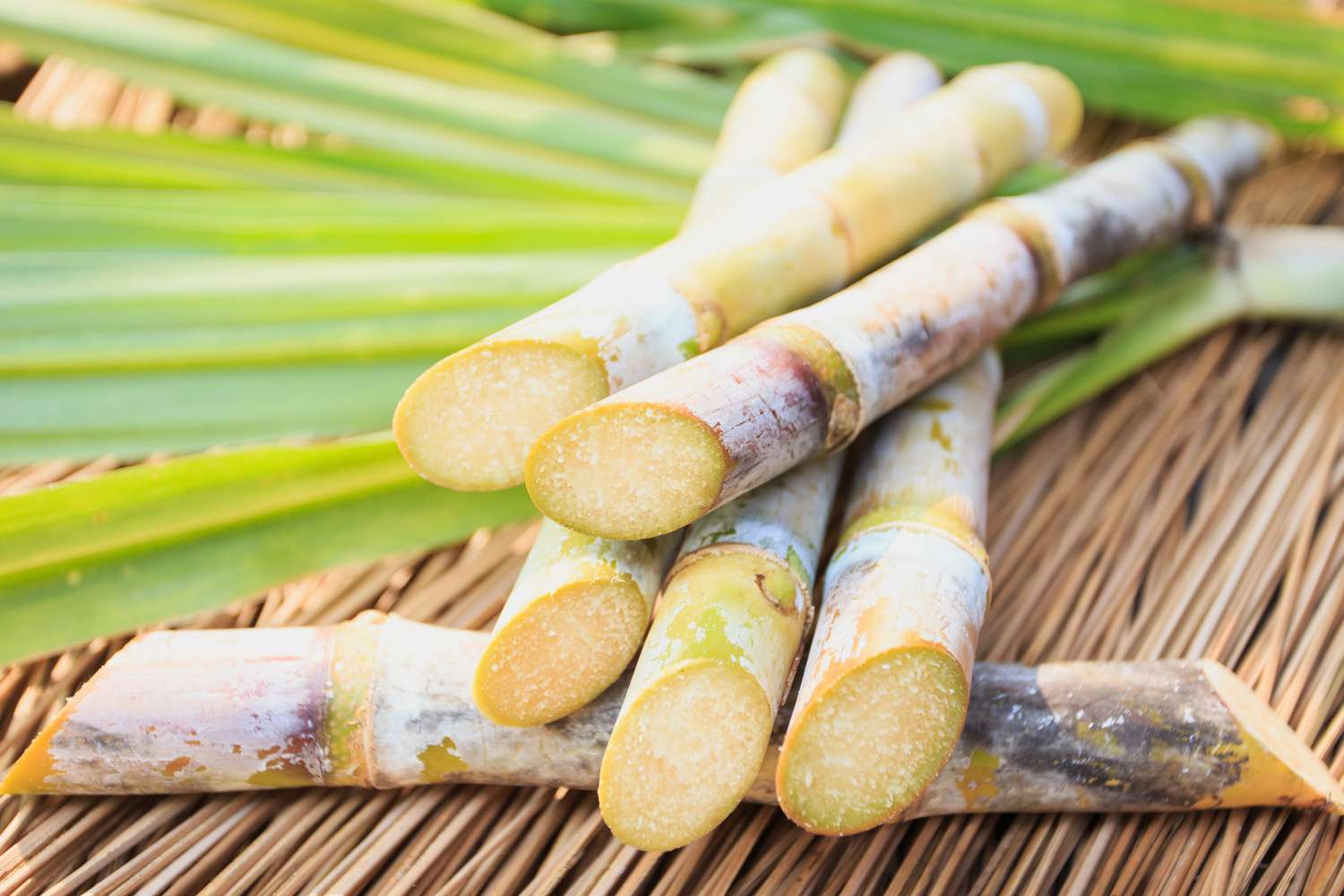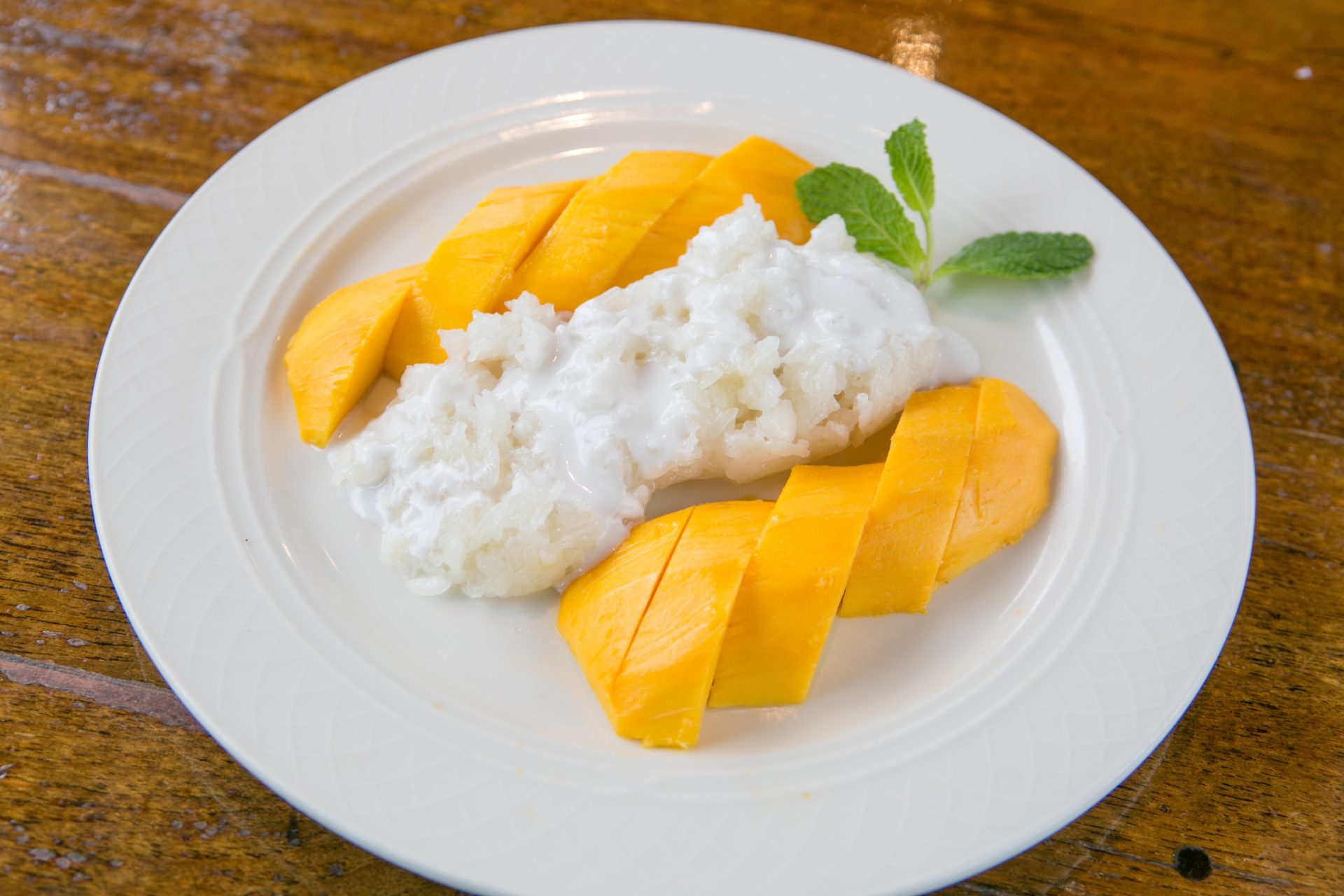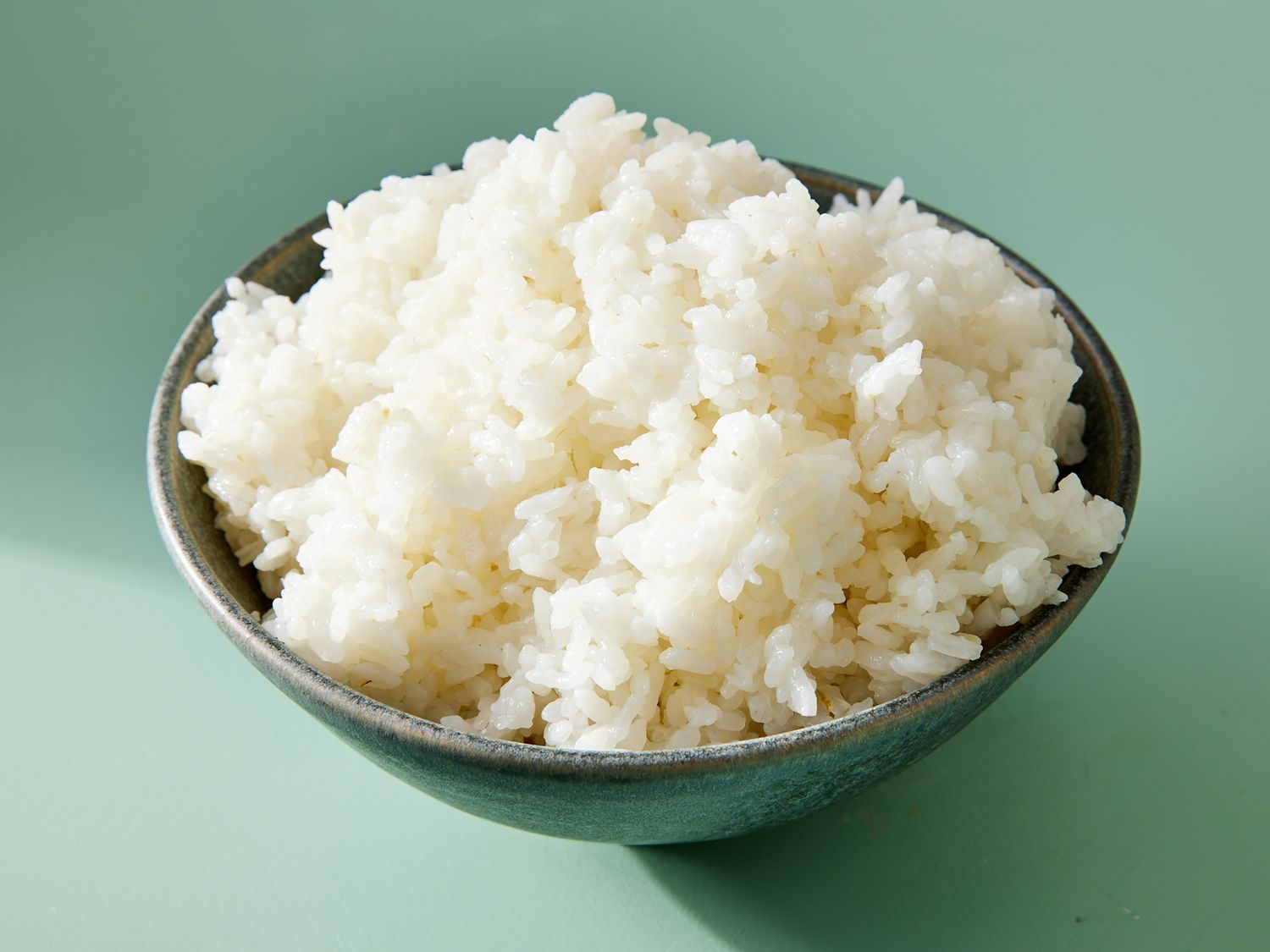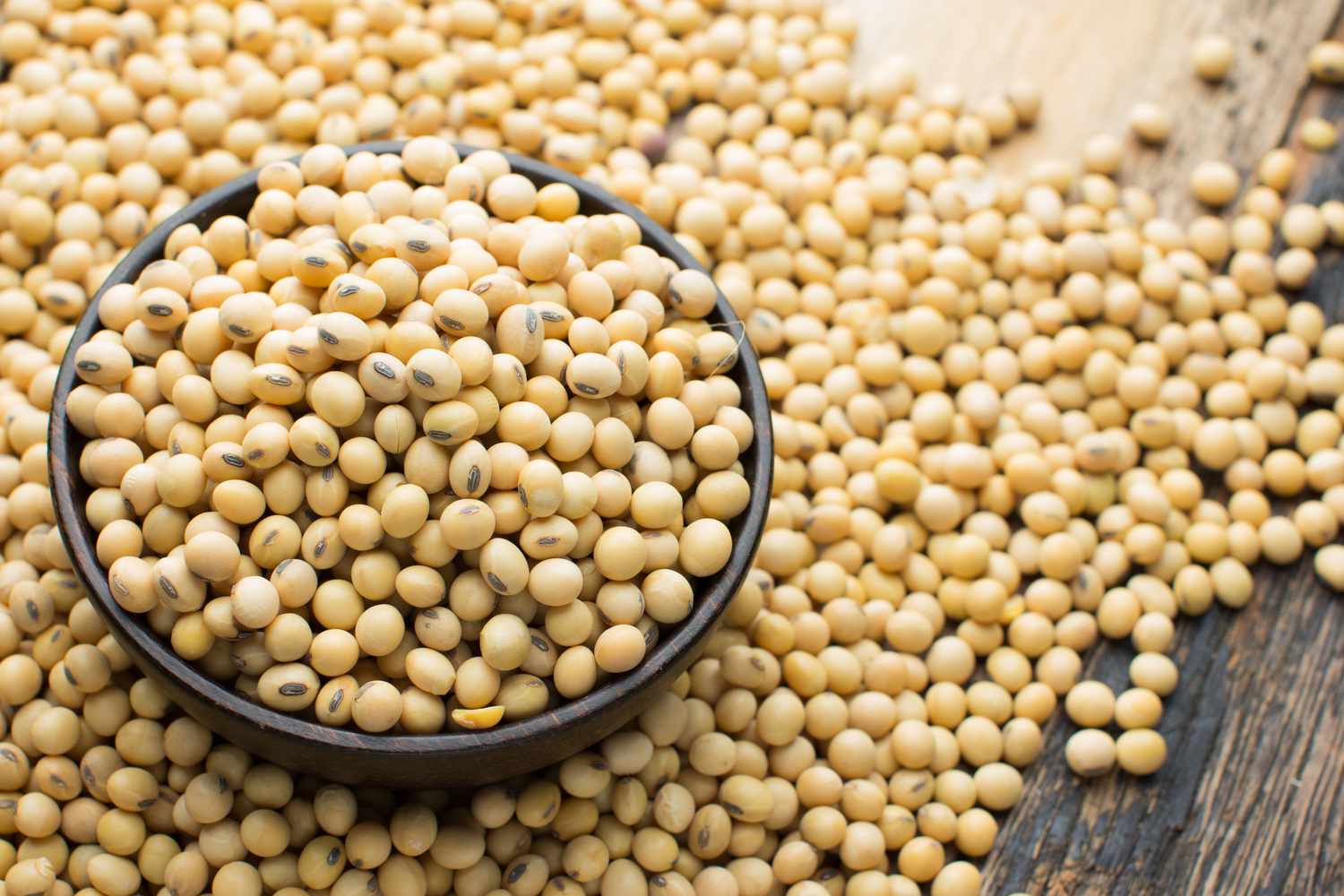Discovering the Delightful Ways to Enjoy Tamarind Paste
Are you curious about how to incorporate tamarind paste into your culinary adventures? This tangy and sweet paste is a versatile ingredient that can add a burst of flavor to a wide range of dishes. Whether you’re a seasoned cook or just starting to explore the world of exotic flavors, tamarind paste can elevate your meals to new heights. Let’s dive into the delightful ways to enjoy this unique ingredient.
1. Tamarind Paste in Cooking
One of the most common uses of tamarind paste is in cooking. Its tangy and slightly sour flavor makes it a popular addition to savory dishes. You can use it to add depth to curries, stews, and marinades. The paste can also be used as a base for tangy sauces and dressings, adding a unique twist to your favorite recipes.
2. Tamarind Paste in Beverages
Believe it or not, tamarind paste can also be used to create refreshing beverages. In many cultures, tamarind juice is a popular drink that offers a perfect balance of sweet and sour flavors. You can mix tamarind paste with water, sugar, and a hint of salt to create a delicious and thirst-quenching beverage that’s perfect for hot summer days.
3. Tamarind Paste in Desserts
While tamarind paste is often associated with savory dishes, it can also be used to create unique and flavorful desserts. Its sweet and tangy profile makes it a perfect addition to jams, chutneys, and even ice creams. You can also experiment with incorporating tamarind paste into your baking recipes to add a surprising twist to your favorite treats.
4. Tamarind Paste as a Condiment
If you’re a fan of bold and tangy flavors, tamarind paste can be used as a condiment to enhance the taste of your meals. Mix it with a bit of sugar and water to create a tangy dipping sauce for spring rolls or samosas. You can also use it as a flavorful marinade for grilled meats or seafood, adding a unique and delicious touch to your dishes.
5. Tamarind Paste in Salad Dressings
For those who love experimenting with homemade salad dressings, tamarind paste can be a game-changer. Its tangy and slightly sweet flavor can add a delightful twist to your vinaigrettes and dressings. Mix it with olive oil, vinegar, and a touch of honey for a unique and flavorful dressing that will take your salads to the next level.
6. Tamarind Paste as a Flavor Enhancer
Aside from being a star ingredient in its own right, tamarind paste can also be used as a flavor enhancer in various dishes. A small amount of tamarind paste can add a delightful tanginess to soups, stir-fries, and even marinades. Its versatility makes it a valuable addition to any kitchen, allowing you to experiment with new and exciting flavor combinations.
Now that you’ve discovered the delightful ways to enjoy tamarind paste, it’s time to get creative in the kitchen. Whether you’re using it in cooking, beverages, desserts, or as a condiment, tamarind paste is sure to add a burst of flavor to your culinary creations. So, go ahead and explore the world of tamarind paste – your taste buds will thank you!
More Delicious Ways to Enjoy Tamarind Paste
After mastering the use of tamarind paste from the guide, the culinary adventure continues with an array of recipes designed to incorporate this tangy ingredient. For a start, the Classic Pad Thai Recipe is an excellent choice, allowing one to appreciate how tamarind enhances the authentic flavors of this beloved Thai dish. Those with a penchant for grilled flavors might find the Tamarind Marinated Grilled Chicken Recipe particularly enticing, where the paste's sourness perfectly balances the smokiness of the grill. For a unique dessert option, the Tamarind and Coconut Milk Ice Cream Recipe offers a refreshing and exotic twist to traditional ice cream, making it a must-try for adventurous palates.
